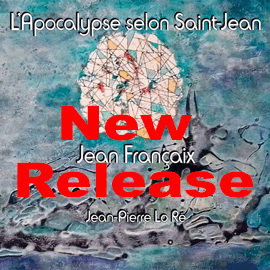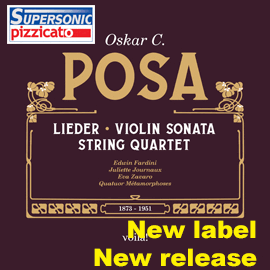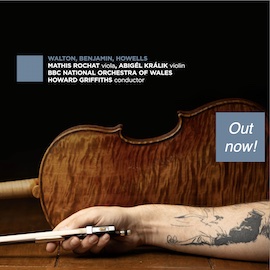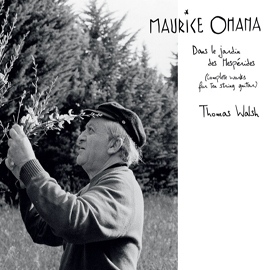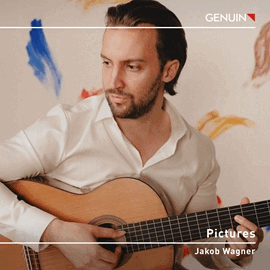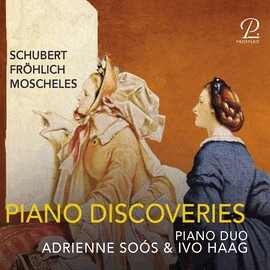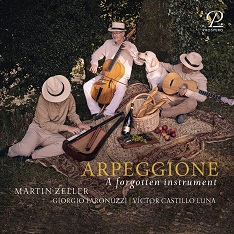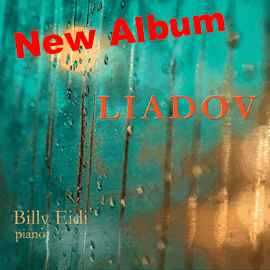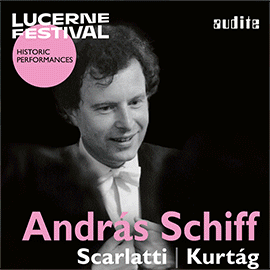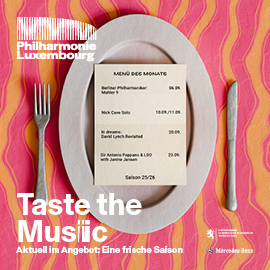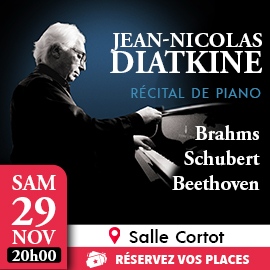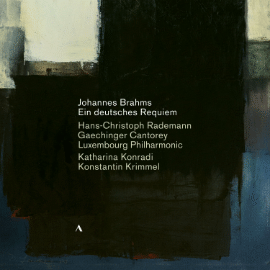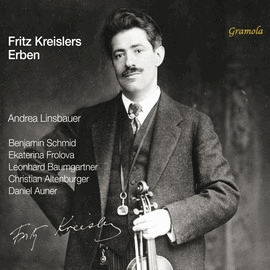« Unsere Aufnahme präsentiert 95% des erhaltenen originalen Gesamtwerks für Arpeggione“, betont Martin Zeller im Booklet dieser Produktion. In der Tat hatte das Arpeggione ein sehr kurzes Leben und in Franz Schubert wohl seinen größten Fan. Ohne dessen Arpeggione-Sonate wäre dieses Instrument zwischen Cello und Gitarre vermutlich nie wirklich bekannt geworden.
Gerade in der Originalfassung von D. 821 lernt man das Arpeggione schätzen und die Sonate selbst von einer ganz neuen Seite kennen. Die melodische Feinheit von Schuberts Musik tauchen Martin Zeller und Giorgio Paronuzzi in ein neues Licht, entziehen der Musik die Betrübtheit, die uns üblicherweise entgegentritt. Das will nicht heißen, dass die Interpreten hier emotionslos zu Werke gehen. Die größere klangliche Spannweite sowie die Nähe zur Gitarre verleihen der Musik zusätzliche Schattierungen – bedrohliche Abgründe – wie etwa im Andante von D. 408 – aber ganz besonders die unbekümmerte Heiterkeit, den volkstümlichen Klang, den Schubert so schätzte.
Wie diese Mischung perfekt funktioniert, verdeutlichen Martin Zeller, Giorgio Paronuzzi und Victor Castillo Luna noch einmal am Ende ihres Programms – im Ständchen aus dem Schwanengesang. Das Arpeggione singt leidenschaftlich, die Gitarre unterstützt den Volksliedcharakter und das Hammerklavier gibt der Authentizität des Vortrages eine zusätzliche Note.
« Our recording presents 95% of the surviving original works for arpeggione, » emphasizes Martin Zeller in the booklet of this production. In fact, the arpeggione had a very short life and probably had its biggest fan in Franz Schubert. Without his Arpeggione Sonata, this instrument between cello and guitar would probably never have become really well known.
Especially in the original version of D. 821, one learns to appreciate the arpeggione and gets to know the sonata itself from a completely new perspective. Martin Zeller and Giorgio Paronuzzi bathe the melodic delicacy of Schubert’s music in a new light, stripping the music of the sadness we usually encounter. This is not to say that the performers are emotionless. The greater tonal range and proximity to the guitar lend the music additional shades – threatening abysses – as in the Andante of D. 408, for example – but above all the carefree gaiety, the folksy sound that Schubert so appreciated.
Martin Zeller, Giorgio Paronuzzi and Victor Castillo Luna demonstrate how this mixture works perfectly once again at the end of their program – in the Serenade from the Swan Song. The arpeggione sings passionately, the guitar supports the folksong character, and the fortepiano adds an extra touch of authenticity to the performance.




